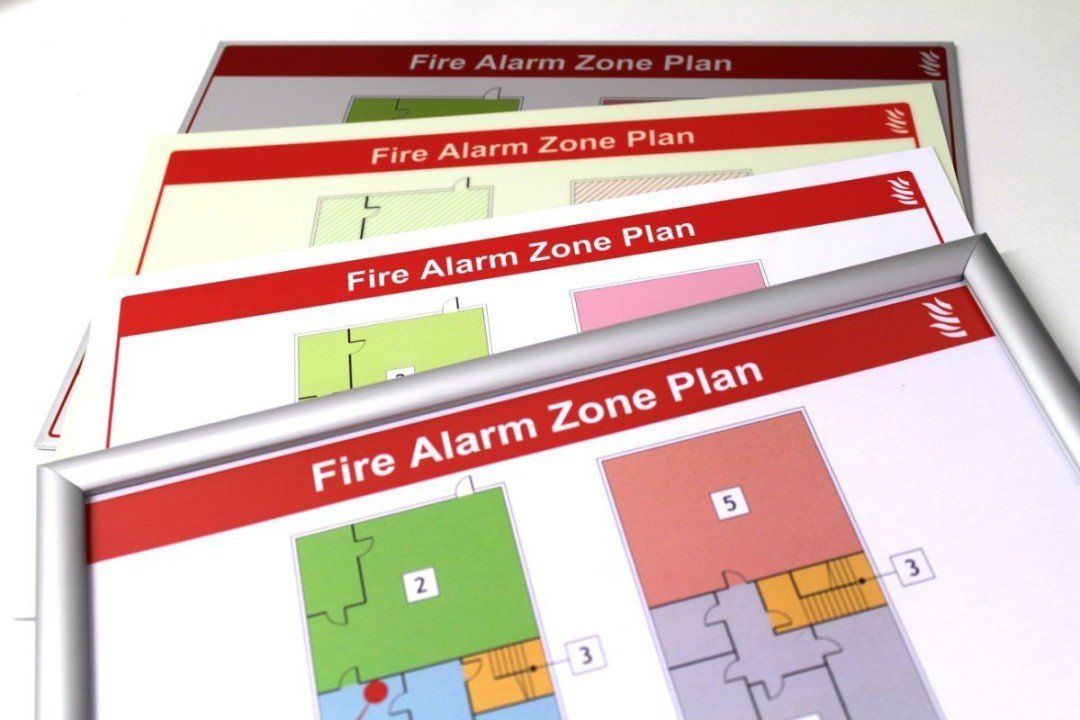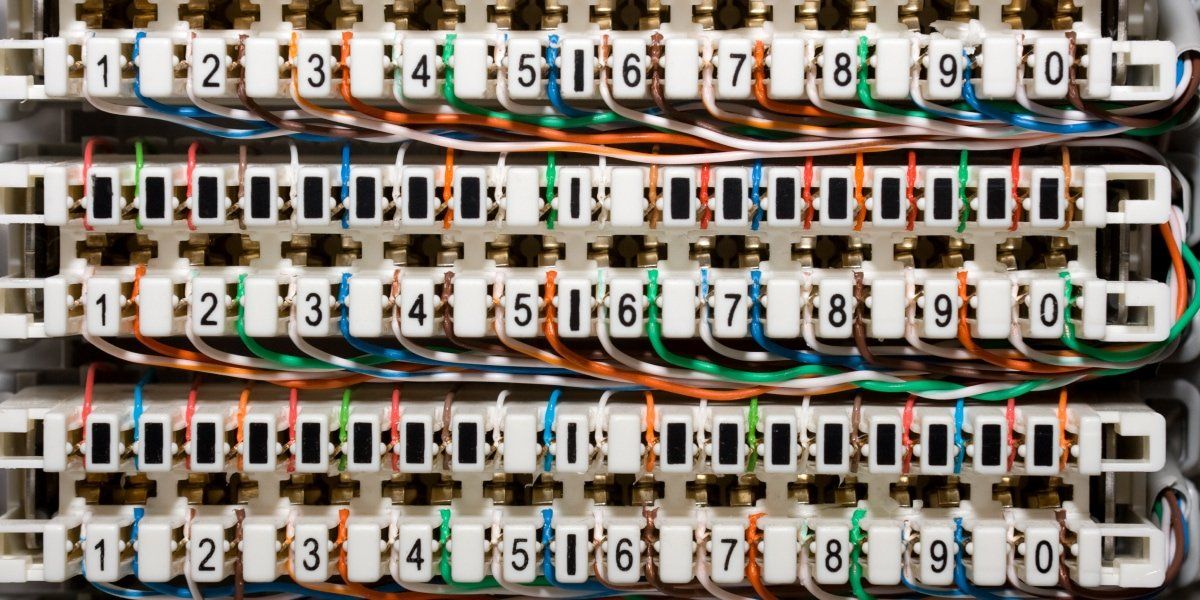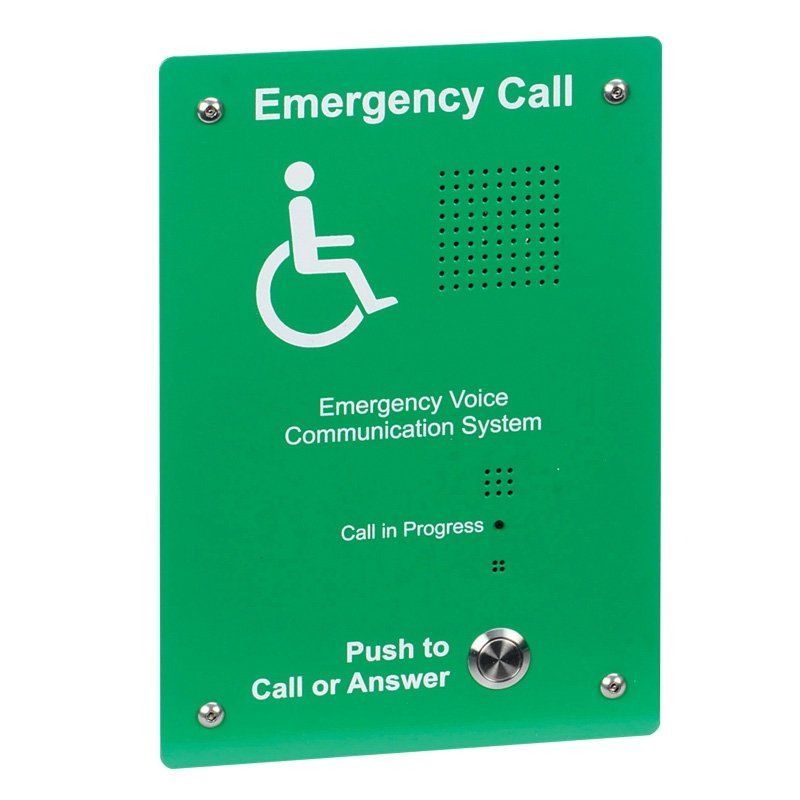Fire Alarm Design Categories
Fire Alarm System - Design Categories | BS 5839-1
This is something that we get asked to explain quite often... And rightly so, since the foundation of every fire alarm system starts with its design category.
To help you all out when you're next reading through a fire alarm system quote (hopefully you've come to us for that already, but if not, then its never too late to pick up the phone, we would love to help!) or perhaps you've recently had a Fire Risk Assessment carried out and your assessor has recommended a particular category of fire alarm system for your property, well that exactly what this post is for, its a little bit of info to help you get a better understanding of what's involved... so lets jump in!
Put simply, before your fire alarm system can be designed, the system designer would need to know what the objective of the system is, this is determined by the 'Design Category'
There are 3 main categories for fire alarm system in BS 5839
Category M Systems (Manual Only System)
Category L Systems (Life Protection System)
Category P Systems (Property Protection System)
So that's step one of the design process, we now know the primary objective of the system, generally speaking a Fire Risk Assessor will be looking to determine the extent of requirement for a system designed to protect life, where as an insurance company may be looking to protect an asset, such as property or equipment.
Design Categories are then broken down further, lets look at that in more detail below.
Category M Systems
A Manual only Fire Alarm System (Category M) is a system which only comprises of Manual Call Points (MCP) these will be located at each exit from the building.
Manual Call points will be needed in additional areas throughout a building too, such as changes of storey.
There are also maximum travel distances to consider, no one should have to travel more than 45M to reach an MCP, this is further reduced to 25M in areas where there is a higher fire hazard. The 25M travel distance would also apply where a person in a wheelchair would be expected to operate a Manual Call Point.
A Manual Only System is just that and includes no automatic fire detection and relies on a person within the building finding a fire and manually raising the alarm.
Category L Systems
Category L are systems designed for the purpose of Life Protection and are further divided into categories L1. L2 . L3 . L4 . L5
Category L1
A Category L1 System requires automatic fire detection throughout all areas of the building, this could also include ceiling voids etc. The objective of a category L1 system is to offer the earliest possible warning of a fire, so as to achieve the longest available time for escape.
Category L2
A category L2 system requires automatic fire detection to meet the requirements of a Category L3 system below, with the additional objective of providing early warning of fire within specified areas of higher fire hazard or risk, this might include a plant room or boiler room which otherwise wouldn't require detection in a category L3 system, so the difference between a Category L2 and L3 may be as simple as a single additional detector or could require multiple depending on the building layout and nature of the risk.
Category L3
A Category L3 System should be installed within all escape routes and rooms which open onto an escape route, this category is designed to give warning of fire before escape routes become un usable due to smoke and fire.
Category L4
A Category L4 System requires detection within all escape routes. The objective of this system is to give warning to occupants of smoke within the escape routes.
Category L5
A Category L5 System is designed around specific risk and would be installed to meet a specific fire safety objective (Other than the objectives of Category L1 to L4 above)
This could be due to a requirement for detection within a part of the building due to a specific risk or aspect of the buildings construction.
Essentially a Category L5 Fire Alarm System could be as small as a single fire detector or could be a comprehensive system covering large areas.
It is a category often used as part of the operating system for a fire protection system within a building or to operate the cause and effect strategy of a building.
Here at Liberty Systems, a lot of our work involves systems within Purpose Built Blocks of Flats, meaning a large amount of the systems that we design and maintain are Category L5 systems, we wont get into the details of the design of an L5 system within this Blog as there are a number of different factors which affect the extent and requirement for each system.
Its important to note that other Life Safety Systems may be required in conjunction with the Category L5 system within blocks of flats, it is also becoming more commonplace for architects to specify Evacuation Alert Systems within Blocks of Flats.
Take a look at one of our other posts dedicated to Evacuation Alert Systems to help you to understand a little more about how they work, the principles behind them and how they can enhance the Life Safety Systems within your building in the meantime, feel free to get in touch with any questions or for your Free Evacuation Alert System Quote.
If you are in need of a company to assist with the Design, Installation, Commissioning or Maintenance of a Fire Alarm System within Flats or Purpose Built Blocks of Flats, get in touch with us today, we would be more than happy to help.
Examples
To help visualise the Fire Alarm System Design Categories, we've included some drawings below for each system category, hopefully this blog has helped you to make sense of things a little more and helps you to interpret your Fire Risk Assessment and understand the objectives.
As you can see, making changes to the layout of your building may affect multiple aspects of your fire alarm system, some of these building changes can affect how effective the detection is within certain areas of the building or may introduce the potential for false alarms but if we just stick to the Design Categories for now, you can see that repositioning a door entering a room or adding additional rooms within open plan spaces may mean your system no longer meets the intended design category, all of these things are reviewed and checked by your Liberty Systems service engineer at every service visit, why not give us a call before your next alteration project to double check, if you're already a customer we'll be able to help and advise you straight away, if you're not already a Liberty Systems customer... We would love to have you on board!

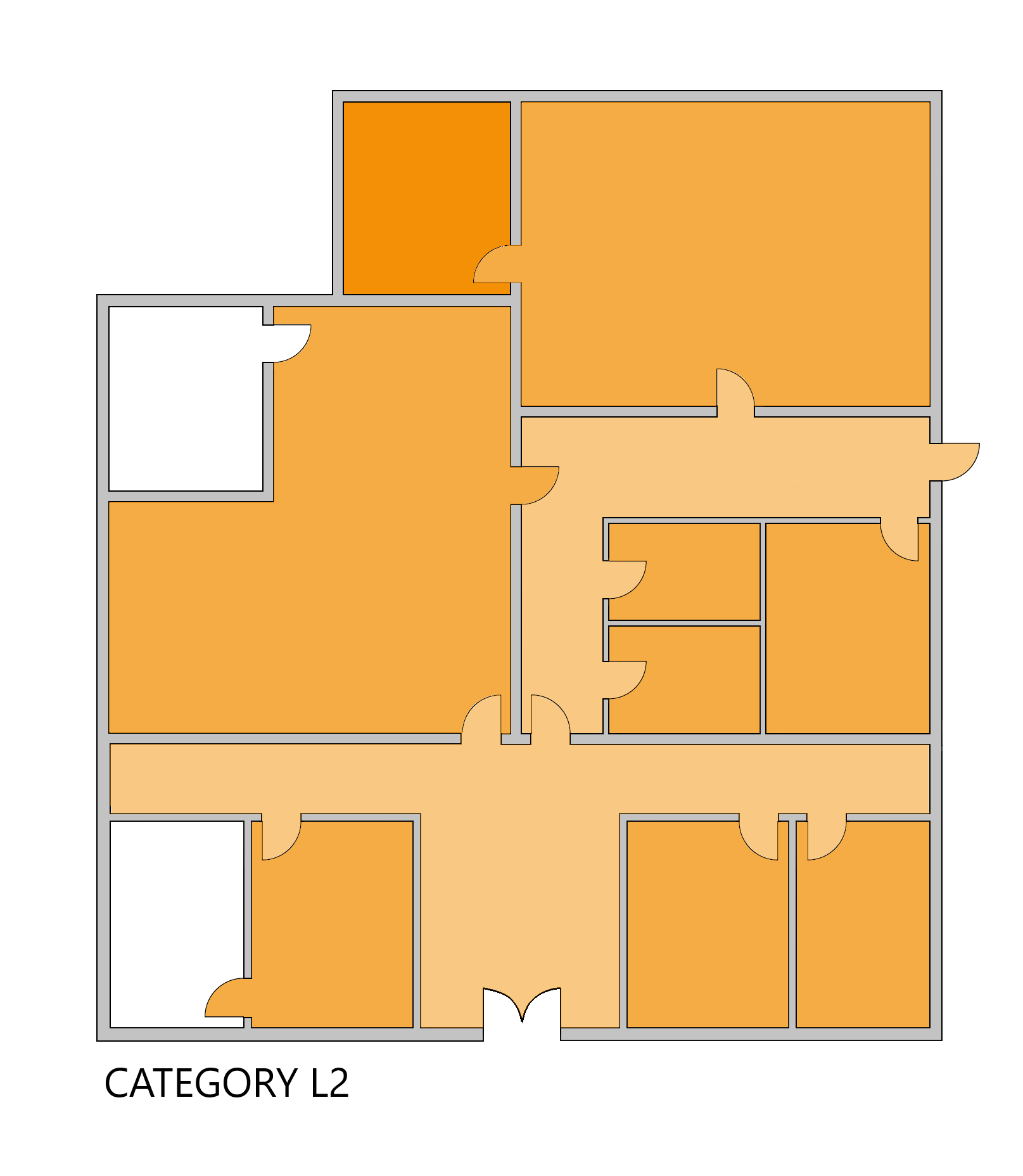

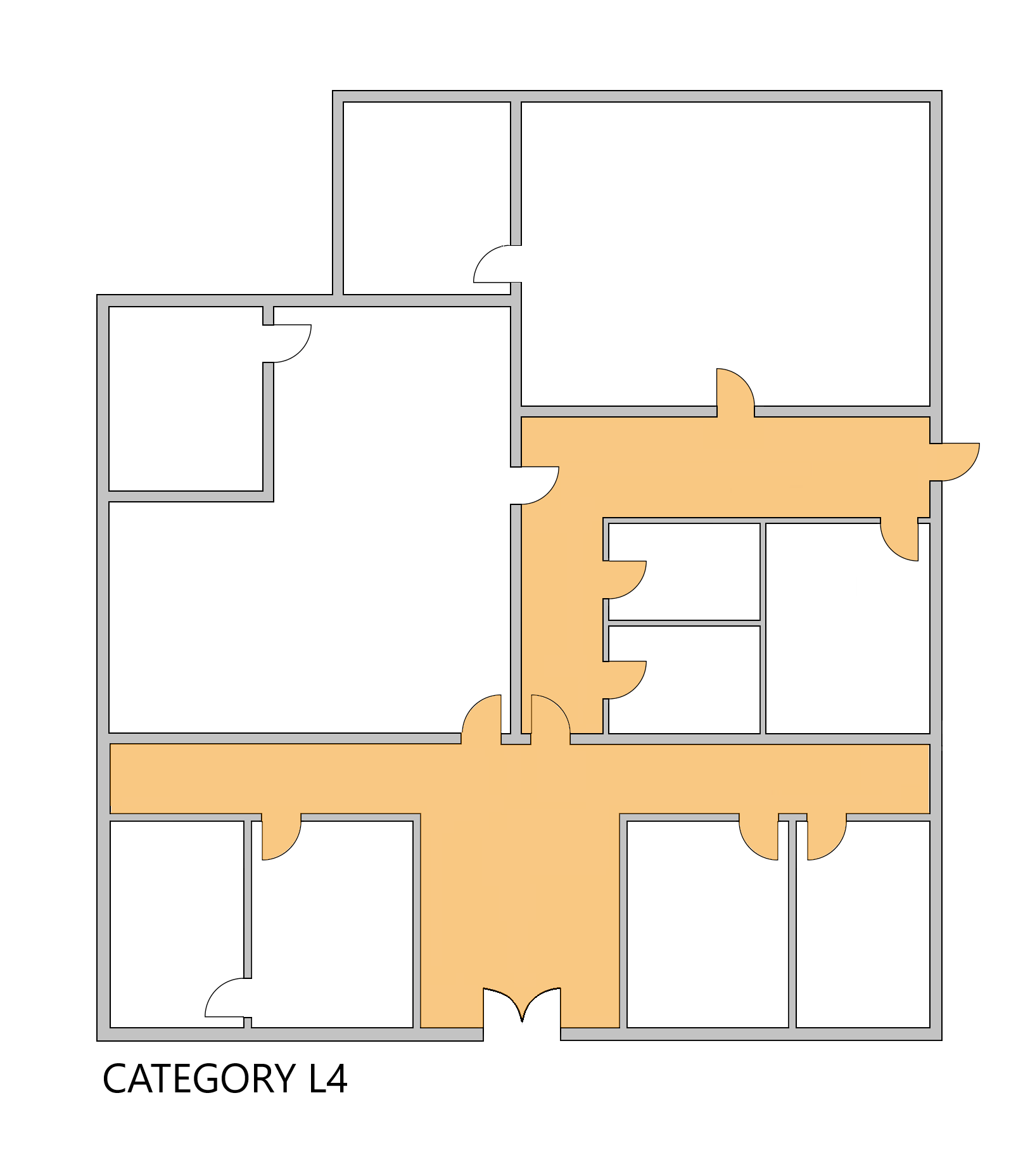
Category P Systems
Category P systems designed for the protection of property are further divided into categories P1. P2
Category P1
A Category P1 System requires automatic fire detection throughout all areas of the building, this could also include ceiling voids etc. The objective of a category P1 system is to offer the earliest possible warning of a fire, so as to minimise the time between the ignition of a fire and the arrival of Fire Fighters.
(As with all of these descriptions, they are brief overviews, it may not sound like it but there are differences in the design and requirements between categories L1 & P1 which your fire alarm engineer and designer will further explain, this may fore example be in relation to the provision of Manual Call Points and Audibility Levels throughout the building, a fire alarm system designed for the protection of property would, in almost every case require ARC monitoring (Central Station Monitoring) to minimise the time between the start of a fire and the attendance of fire fighters)
Category P2
A category P2 system requires automatic fire detection to provide early warning of fire within specified areas of higher fire hazard or risk, or in areas in which the risk to property or business continuity form fire is high.
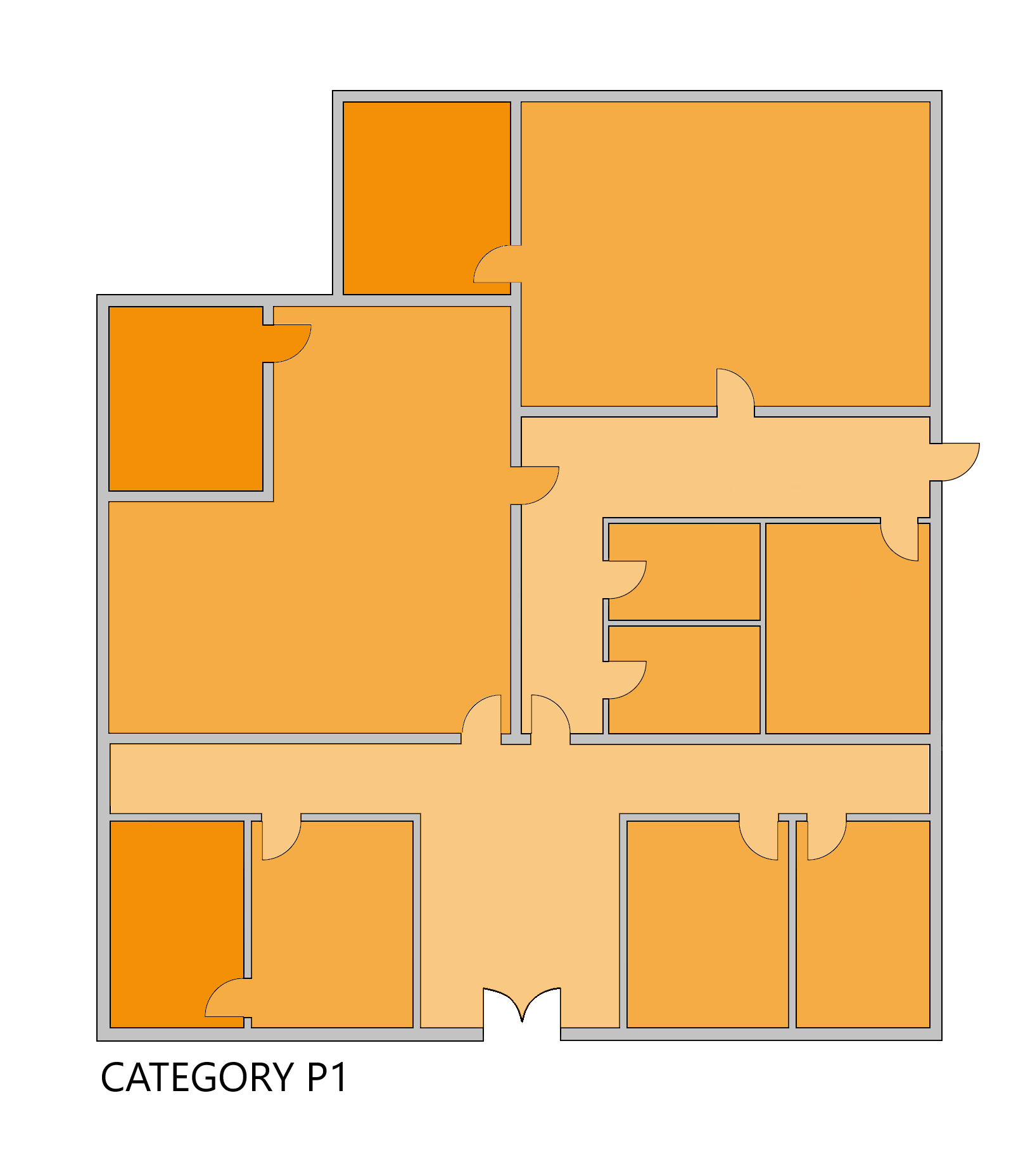

Here to Help
We are here for you whenever you need us, our Projects Team provide tenders for fire alarm systems of all sizes, from single retail units through to multi storey offices and towers and our Maintenance Team are on hand 24 hours a day, to service and maintain your systems and provide a comprehensive Call Out and emergency response service.
Get in touch today and see what we can do for you.

